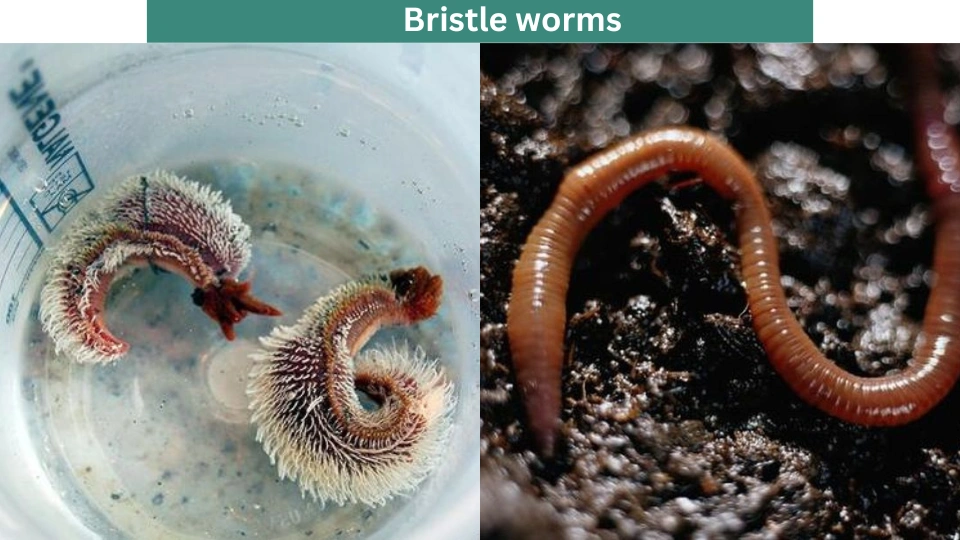Last Updated on March 14, 2024 by Aftab Tariq
Bristle worms are aquatic creatures that have segments and bristly tufts on each segment. They can be significant, sometimes up to 24 inches long, when kept in a tank, but usually, they’re smaller, around 1 to 6 inches. These worms are active at night and prefer hiding in or under live rocks or substrates. Peter Jeff says,
“In the dance of ocean life, bristle worms play their part, unseen but essential to the harmony below.”
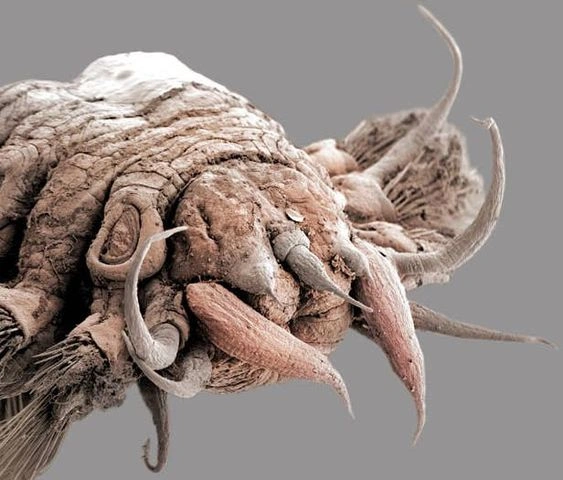
You might only spot a bristle worm in your tank if you search for it at night using a flashlight or disturb its hiding spots by moving rocks or substrate. However, it’s essential to understand their role in your aquarium, the good and bad sides of having them around, and how to get rid of them if needed safely. Continue reading to get all the information you require concerning bristle worms.
What Is A Bristle Worm?
Bristle worms are a type of animal classified as members of the annelid family, which is a large family. More than ten thousand distinct species of bristle worms have been identified. Typically, you will find them in the ocean; however, there are instances in which they can also be found in freshwater. In addition to having parts composed of segments, they also have chaetae, which are little bristle-like structures located along the sides of their bodies.
Where Do Bristle Worms Come From?
What brings bristle worms into your aquarium? When you buy stuff like coral, live rock, or substrate to put in your tank, bristle worms could be hiding inside. This means you’re bringing them into your tank without even knowing it.
Once they’re in your tank, bristle worms can make more of themselves fast if your tank isn’t clean. So, it’s essential to clean up any mess and make sure you give your fish a manageable amount of food.
How to Identifying Bristle Worms?
How do you know if you’ve got bristle worms in your tank? Well, the first step is figuring out what kind they are. Some are good for your tank, but others can cause trouble. They can multiply fast and bother your other tank creatures. So, it’s essential to get rid of the bad ones. Good bristle worms are okay to have around. But the ones you want to watch out for include:
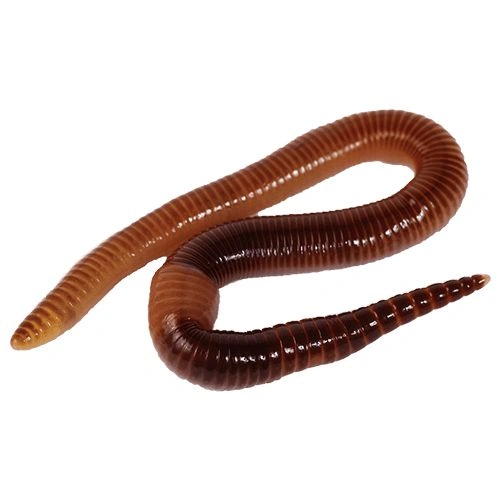
- Source : Pinterest
- Bearded Fireworm
- Bobbit Worm
- Red-Tipped Fireworm
These are all types of fireworms, including bristle worms. You can tell them apart because they have poisonous bristles; their bodies are thicker and more colorful, like red and white. Regular bristle worms are usually thinner and are gray or pink.
Are There Benefits To Bristle Worms?
Bristle worms, as long as they aren’t toxic, can add a lot of usefulness to your aquarium despite their unappealing appearance. You’ll find these helpful scavengers eating leftover food, carrion, and other trash in your saltwater aquarium. So, they keep organic matter from piling up and decomposing, leading to ammonia buildup and making your tank’s biological filter work harder. Therefore, bristle worms are essential to the well-being of your aquarium ecology despite their unattractive appearance.
Bristle Worms Predators
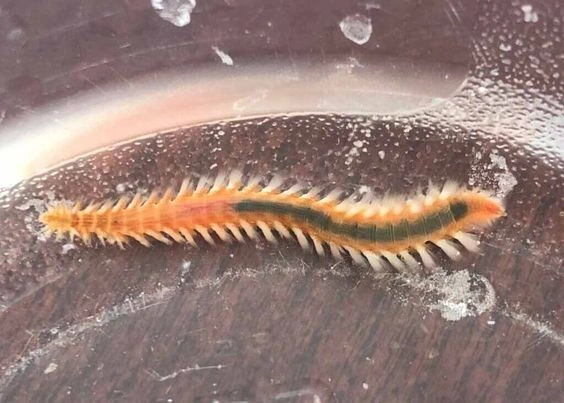
Bristle worms have predators like certain types of fish and crustaceans. Some examples of creatures that eat bristle worms include wrasses, arrow crabs, triggerfish, dotty backs, gobies, coral-banded shrimp, puffer fish, and horseshoe crabs. Arrow crabs and wrasses are often recommended as the best at catching bristle worms. While many carnivorous fish might eat them, some have a more robust appetite for these worms than others.
Are Bristle Worms Harmful To Fish?
Some wrongly blame bristle worms for fish fatalities, yet the fish were often dead or sick. However, exceptions exist, particularly with stinging varieties like fireworms. These aggressive bristle worms, notably active at night, have been reported to attack small, healthy fish while they rest in cracks or crevices of live rock.
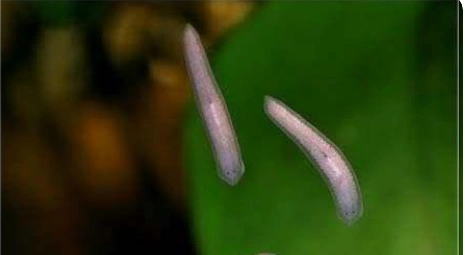
This behavior poses a risk to the well-being of fish in the aquarium, contrasting with the scavenging role typical of most bristle worm species. Hence, while most bristle worms do not directly harm fish, vigilance is essential, especially with potentially harmful varieties like fireworms.
Are Bristle Worms Harmful To Humans?
Bristle worms are commonly found creatures, and their appearance can be scary to some people. But are they harmful to humans? Bristle worms come in different types, mainly divided into venomous and non-venomous categories.
Malicious bristle worms, as the name suggests, can harm humans and other animals if touched. It’s essential to avoid contact with them. On the other hand, non-venomous bristle worms pose no direct harm to humans, but it’s still advisable to be cautious around them.
How To Get Rid Of Bristle Worms?
Physical removal traps and live predators are the three most effective elimination methods.

Method 1: Physical Removal:
A syringe or bottle can suction Bristle Worms out of the body. Alternatively, you might use tweezers to pluck them out. Many people who have aquariums as a hobby put the live rock in water with chlorine removed.
As a result, the Bristle Worms should be loosened from the rocks and settled to the bottom of the container. Alternatively, you could use a gravel vacuum or a scoop. Wear gloves while performing any of these tasks to avoid skin contact with the bristles. A splinter-like effect could occur if these bristles penetrate your skin.
Method 2: Traps
Another option for getting rid of those pesky Bristle Worms is to set up a live trap. The same principle applies whether you buy them or make them at home: you put bait (dead stuff) in a container and don’t let them out. You can find a lot of tutorials online, but make sure you pick materials that are safe for use in the ocean.
Method 3: Live Predators
Using aquatic creatures that prey on Bristle Worms is a third approach to their elimination.
Bristle Worm Vs Fireworm
The big difference between bristle worms and fireworms is that bristle worms aren’t harmful to humans or other creatures in the tank, but fireworms are. Fireworms are usually smaller than bristle worms and are predators, which means they hunt other animals.

Frequently Asked Questions
What Is Bristle Worms Scientific Name?
The bristle worm’s scientific name is Polychaeta.
Are Bristle Worms Decomposers?
Bristle worms are, in fact, decomposers that furthermore perform the roles of scavengers and detritivores. There is a wide variety of species that consist of bristle worms.
Do Fish Eat Bristle Worms?
A wide variety of crustaceans and fish, such as wrasses, arrow crabs, triggerfish, dotty backs, gobies, coral-banded shrimp, puffer fish, and horseshoe crabs
What Do Bristle Worms Do?
As long as they do not engage in predatory behavior, bristle worms can benefit an aquarium since they contribute to the cleaning of the environment.
Source
Fun Facts About Marine Bristle Worms
I am a dedicated content writer with more than five years of experience, particularly skilled in the art of storytelling. My writing journey commenced during my college years, where I pursued journalism and unearthed my talent for creating captivating narratives.

